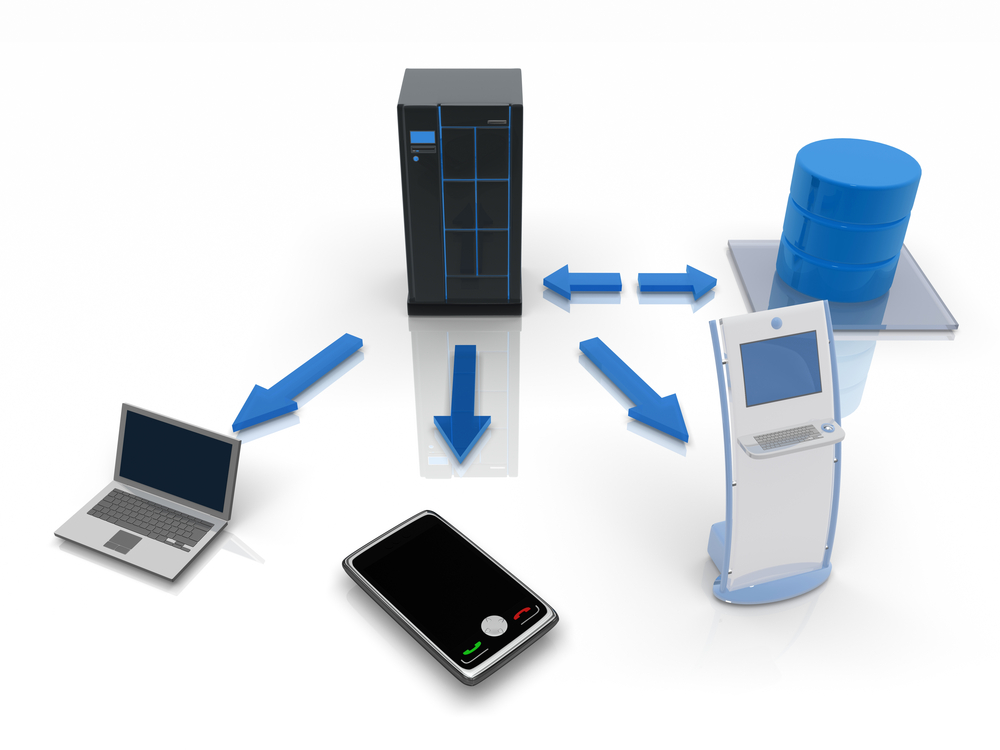Comparison: Mobile Device Management Vs Mobile App Management

Table of Contents
IT administrators have a lot of choices, when it comes to enterprise mobility management. You might have wondered about management technologies, acceptable use policies and all the different mobile device ownership models that are available to implement. Mobile application management and Mobile device management are two of the more popular technologies for tablet use in the enterprise and enabling secure smartphones. Most of the mobile vendors these days are combining both the technologies into single products.
Mobile Device Management
Mobile Device Management (MDM) includes the monitoring, securing, managing and supporting mobile devices distributed across mobile enterprises. This management approach system is done to control the device whether it belongs to the company or to the employee. When an app is in use, most MDM platforms have the ability to track real time device statistics such as UDID, OS, GPS location, the group it belongs to and the phone number.

MDM Features
MDM approach is to control the device whether it belongs to the employee or the company. It is intrusive and has no concern for user privacy. Enterprise needs to control everything:
- Security Management the entire device
- Taking remote control of the device and troubleshooting users
- Updating devices and mobile apps for the employee
- Fully integrated Inventory Management
- Restoring user’s accounts on enterprise servers in case of loose or renewal.
- Consulting real-time communications
Mobile App Management
Mobile App Management (MAM) focuses on application management; it provides a higher level of control over applications in an enterprise, and a lower degree of control over the device. It is a widespread phenomenon and the adoption and use of mobile applications in businesses.
An essential requirement for mobile application management is that enterprise network administrators have the ability to control corporate mobile applications and data connect with an end user’s device. The managers may even use this information for generating reports, sending alerts and making it available for queries.
MAM features
Mobile Application Management features helps in building, distributing and managing apps (Life Cycle App management):
- Securing Corporate Data for the enterprise
- Sharing the applications with tester teams and developers while developing mobile apps with feedbacks, groups, version management, continuous integration and UDID features.
- Distributing Apps within your enterprise
- Managing deployed mobile Apps: Analytics and Versioning
- Authorizes and controls over the mobile workforce
- Increasing the productivity of the employee
- Ease of maintenance with crash reports , automatic updates
- Simple distribution and ease of use of mobile Applications
- Ease of users feedback
- Data security and Access Control
Benefits of MAM
Implementing MDM is not simple
Mobile Device Managements tools try to address the whole set of features the Administrators of Information Systems may need, however, the software is tricky and heavy.
- Integration of MDM solutions with the existing IT infrastructures and third party apps can be tough.
- Implementation of MDM needs to write specific enterprise user terms which have to be accepted by employees.
- Learning how to use Mobile Device Management software and features may need specific training.
Which One To Choose: MDM or MAM?
Mobile App Management may be considered a superior approach for the management of a vast majority of mobile enterprise apps, and is well incorporated in companies. While Mobile Device Management may be preferred in an environment which is secure and mobile device control trumps all other criteria, and where company issued devices are used exclusively.
The MAM system is a superior model for businesses as it focuses primarily on the user and how mobile applications can help make the user more efficient in the workplace.MDM is highly frustrating for many users because they are unable to use the same device for personal applications and businesses.
The MAM approach also proves to be advantageous over the MDM one. It provides a better channel for testing, refining, publishing and development of enterprise mobile apps. Mobile App Management makes use of the agile development methodologies that most mobile platforms use in this age. It makes app projects more successful and improves both usage rates and adoption. The development process places the creators of apps as close as possible to the stakeholder.
MAM enables its users to have control over Life Cycle Application Management which is the main concern for Enterprise Mobility Management. The pricing of MAM is cheaper than that of MDM’s, and this gives MAM the cutting edge when it comes to mobility of devices in an enterprise.



